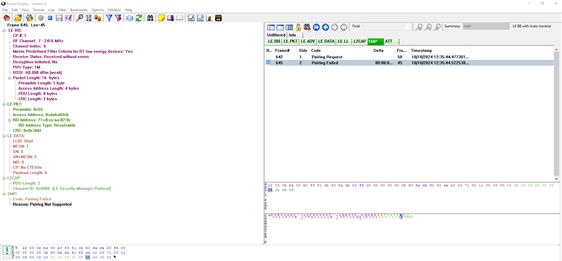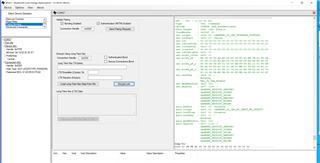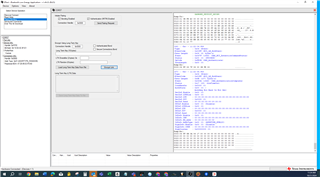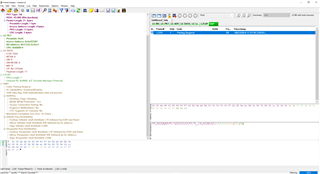Other Parts Discussed in Thread: SYSCONFIG
Tool/software:
Hi Jan,
Following up on a question I had about the BLE stack sending the pairing response vs. the customer's application. :) Apparently, they had already had the “Pairing Mode” set to Wait for a paring request and in that configuration the BLE stack sent the pairing response. Their application was notified pairing was started but the response was already sent. When setting the “Pairing Mode” to Pairing is not allowed the BLE stack responded with “Pairing Failed” once the pairing request was received (see screenshot below).

It appears the stack is always sending a response to the pairing request and there isn't a way for the application to send the response currently.
Any idea on why this might be happening for them?
Thanks,
Luke





